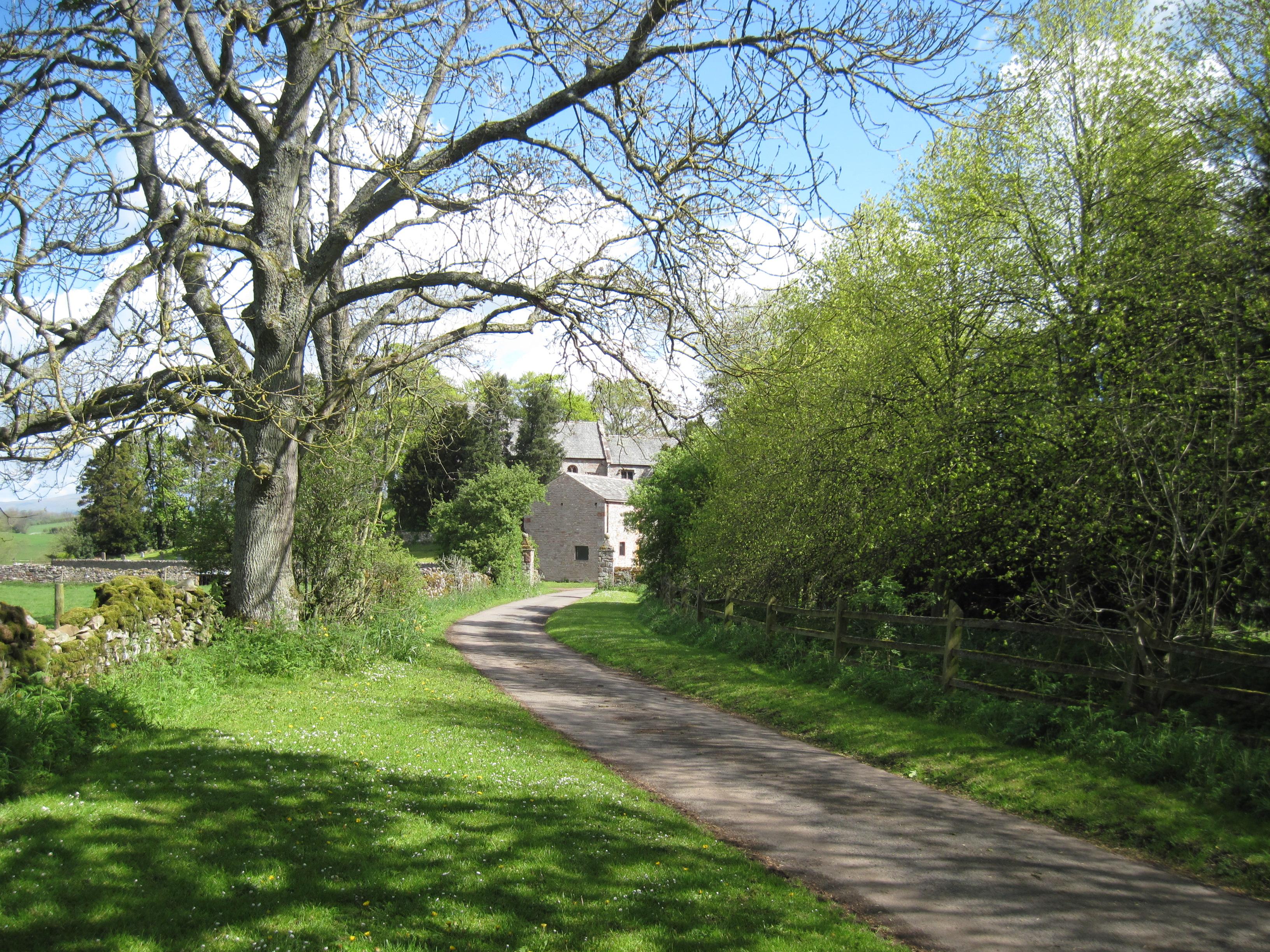St Lawrence
Appleby in Westmorland, Cumbria
Medieval church in the centre of an historic town with impressive family tombs and one of the oldest English organs still working in a parish church dating back to the 17th century.

This is an extrmely old and interesting church in rural Cumbria, built on a man made mound, dating back to pre Christian times, St James defensive position overlooks the river Eden and the cluster of buildings that make up Ormside Hall.
Great Ormside, Cumbria
This small robust church displays many features of historical and architectural interest from the Roman, Saxon and Viking periods, spaning 10 centuries.
Ormside means ‘the seat of Orm (a Viking)’. The Ormside Bowl, dating from the 7th or 8th century, was unearthed in the churchyard in 1823 and is now on display in the Yorkshire Museum in York. It is regarded as one of the country's most valuable and rare Anglo Saxon artefacts. In 1898 a Viking burial of a warrior with his sword (which is now in Tullie House museum in Carlisle) was discovered in the churchyard. In the past Ormside was a much more important place than it now appears, it is believed that the design of the Norman church at Ormside was the work of Bishop Osmande (later bishop of Salisbury, died 1099) one of the compilers of the Domesday Book and William the Conqueror’s nephew.
Many ancient carved stones some bearing Latin inscriptions, which stood near the church were ruthlessly broken into pieces. The mutilated Roman altar stone was walled into the present porch. Others can be found around the church, some of the inscriptions might refer to St Osmund. He was nephew of William the Conqueror and was made Chancellor of the realm around 1070 and chief commissioner for drawing up the Doomsday Book. It is said that he designed and help build St James. He became Bishop of Old Sarum, now Salisbury Cathedral.
In the Hilton chapel are photos of the medieval bells in the tower and the silver-gilt Ormside bowl. The latter is perhaps the finest piece of Anglo-Saxon metalwork surviving, probably looted by the Vikings from a Northumbrian abbey and unearthed in Ormside graveyard in 1823. It’s now displayed in its own showcase in the Yorkshire Museum. A Viking burial yielded a sword and shield boss. Also in the chapel is a replica of the will of the Black Prince written in 1376 by John de Grote, formerly priest at Ormside. The Coat of Arms is that of the Hilton family, who built the chapel in 1723 on the site of a north aisle.
The defensive 13th century tower has no exterior door and small lancet windows. It and the pele tower part of Ormside Hall would have guarded the way to the ford below from Scottish raiders. The church and Hall feature in Sir Nikolaus Pevsner’s book The Buildings of England. Before the addition of the vestry, a lamp guided travellers, shining from a niche outside the north west wall, near the 14th century. There is a Leper’s Squint through to the chancel. The splendid king post chancel roof, with raking queen posts, dates from the last extension in the late 15th century.
The windows are contemporary, apart from older, ogee-headed ones re-sited above the priest’s door. In front of the 1703 Communion rails are colourful kneelers, matching pew cushions brought out for services, all sewn by members of the congregation. They depict patterns on ancient tombstones (now incorporated into the building), interspersed with wild flowers found at Ormside and pictures of the Cross Tree. This sycamore dates from 1693 and stands nearby, within steps up to the site of a market or preaching cross.
Appleby in Westmorland, Cumbria
Medieval church in the centre of an historic town with impressive family tombs and one of the oldest English organs still working in a parish church dating back to the 17th century.
Great Asby, Cumbria
Asby is an ancient parish, the original church building can be traced back to before the Norman Invasion with the new church built on the same site in 1866.
Murton, Cumbria
A simple, peaceful church, with outstanding views.